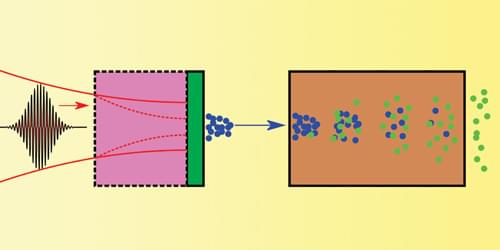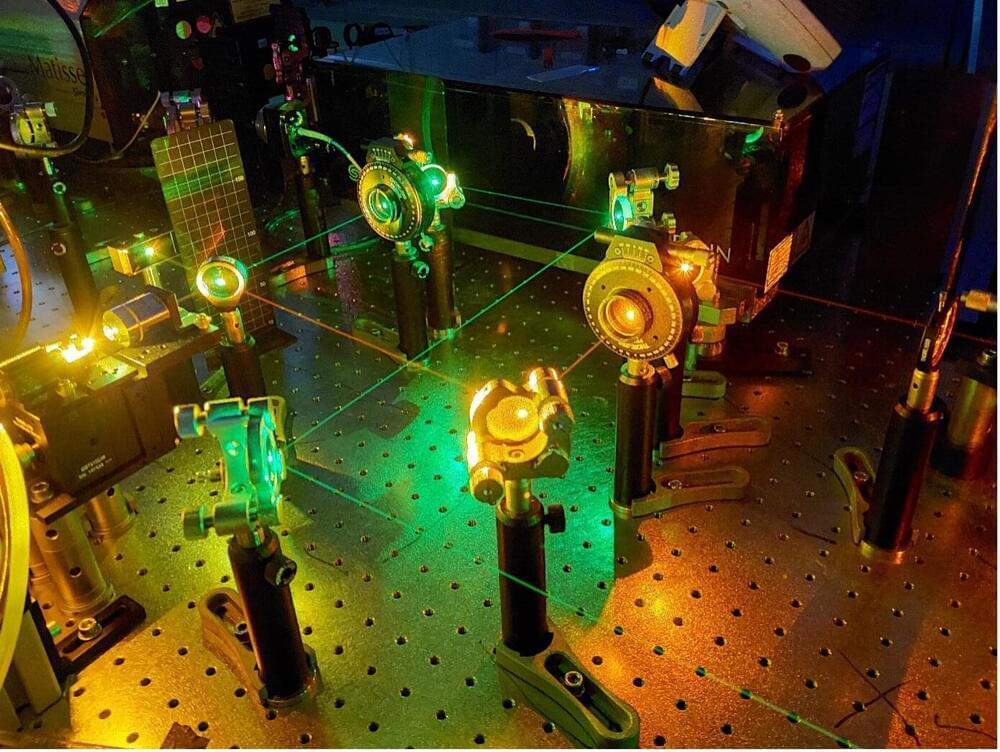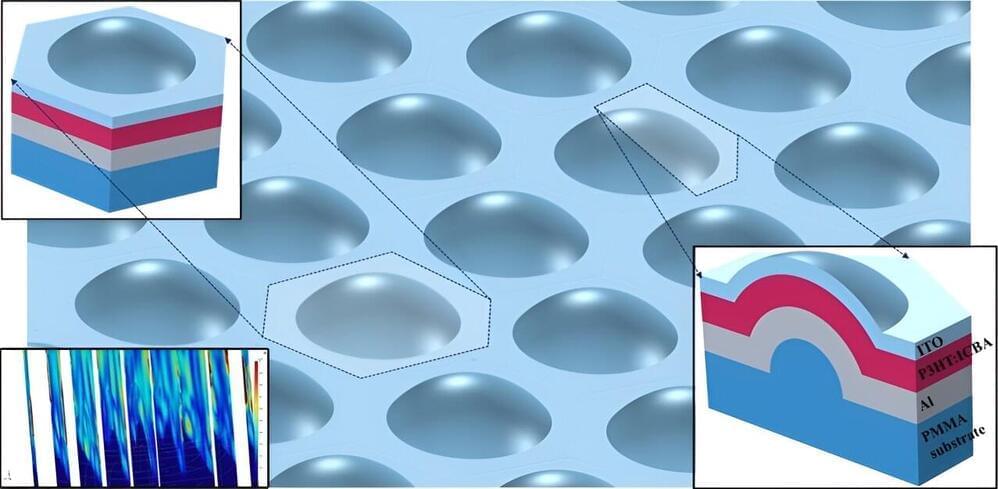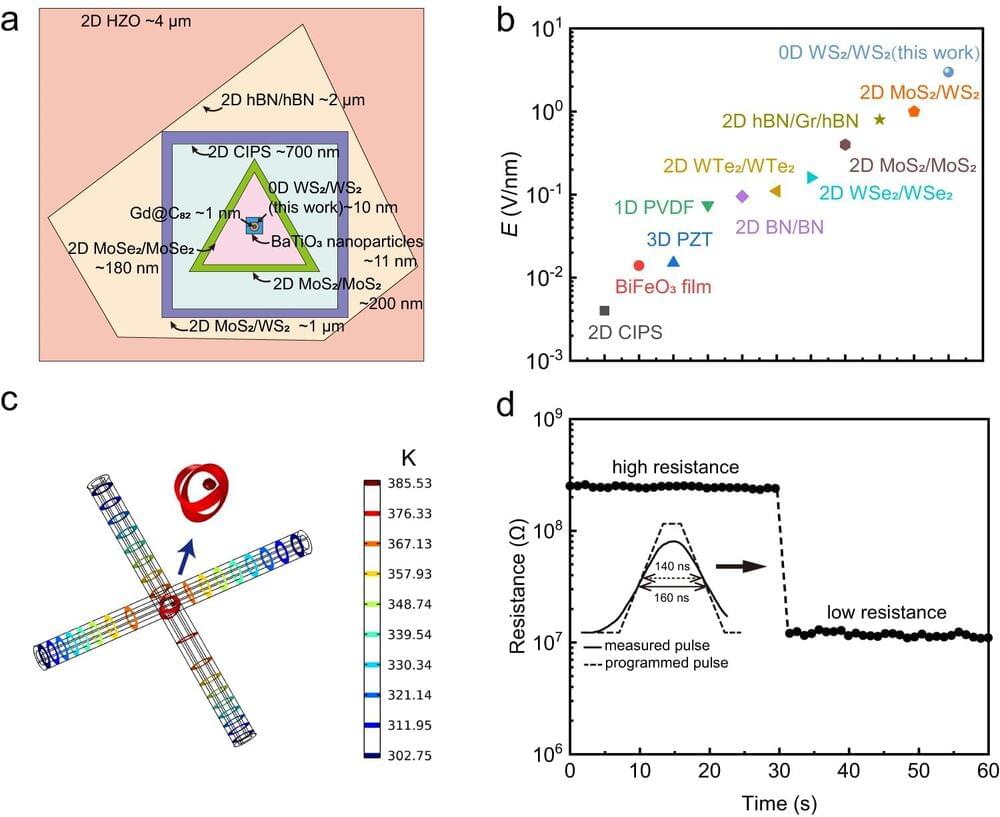WASHINGTON — Lockheed Martin is experiencing a growth spurt in an unexpected corner of its business: small satellites. While traditionally known for its expertise in GPS and giant geostationary (GEO) satellites, the company has quietly built a backlog of 100 smallsats on order from Department of Defense and intelligence customers.
“This is probably a different picture than many of you may have in our minds” about what the company does, Johnathon Caldwell, head of Lockheed Martin’s military space business, told a military conference Feb. 14.
Speaking at the Air & Space Forces Association’s Warfare Conference in Aurora, Colorado, Caldwell said a greater focus on small satellites began with the company’s pursuit of Space Development Agency contracts. SDA is building a proliferated mesh network of satellites in low Earth orbit for the Defense Department, and unlike traditional cost-plus defense programs, the agency demands fixed-price bids from satellite manufacturers.







